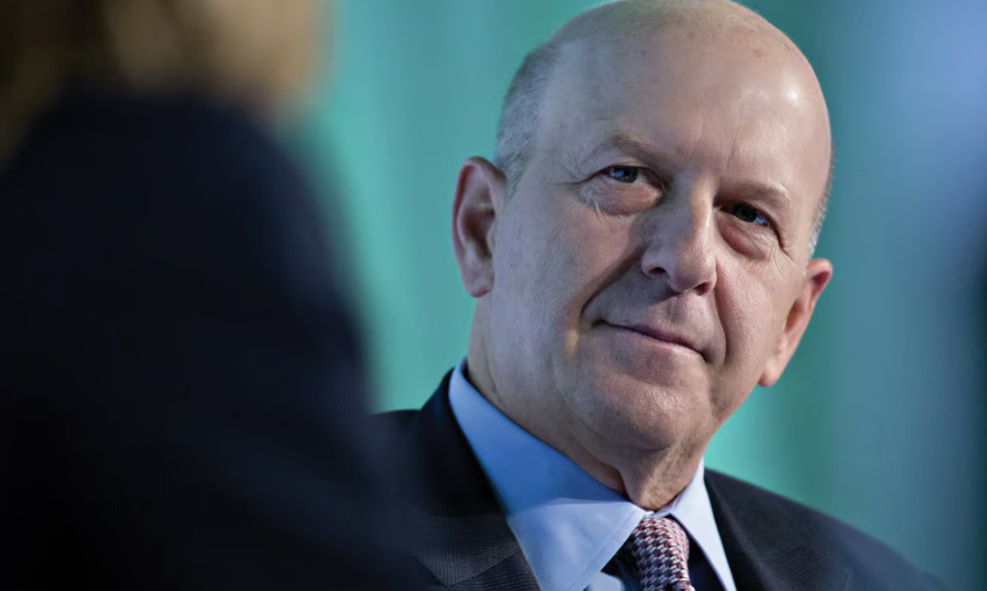

Goldman Sachs is gearing up for its annual workforce reduction, with plans to trim between 3% and 5% of its employees, marking a shift in timing for the firm's regular personnel cuts. Unlike previous years, when these layoffs typically occurred in the second half of the year, this round is expected to take place in the spring.
The New York-based investment bank is primarily targeting vice presidents, a position where executives believe over-hiring has occurred in recent years. According to sources familiar with the matter, some employees were given subtle indications that they might be on the chopping block, including smaller-than-expected bonuses and unfavorable performance reviews. Financial news and jobs site eFinancialCareers first reported the news.
“This is part of our normal, annual talent management process,” a Goldman Sachs spokesperson stated, declining to provide additional details about the layoffs.
Goldman’s overall headcount stood at 46,500 at the end of 2024, and while job cuts are expected, the firm’s workforce is projected to remain relatively stable due to ongoing hiring efforts. Over the past few years, Goldman has taken a cautious approach to managing expenses, especially after facing profitability challenges in certain areas of its business.
The latest cuts follow a series of job reductions in 2023, which were largely driven by a slowdown in dealmaking and the firm’s retreat from its loss-making consumer banking division. However, with an improving economic outlook and stronger performance in investment banking and trading, Goldman recently reported its highest quarterly profit in more than three years.
Focus on efficiency and long-term strategy
CEO David Solomon has emphasized that the firm is prioritizing efficiency. “We believe there are significant opportunities to drive further efficiencies,” he said during an earnings call in January, adding that Goldman is implementing a three-year strategy to improve cost management and streamline operations.
The firm’s renewed focus on core businesses—investment banking, trading, and wealth management—has contributed to a 45% rise in its stock price over the past year. Analysts point to this strategic shift as a key reason for the bank’s financial recovery after its costly attempt to expand into retail banking.
While this year’s layoffs focus on vice presidents, long-term job reductions at Goldman are expected to be driven by artificial intelligence and automation, particularly in operational and back-office roles. The firm recently introduced an AI-powered assistant for bankers, signaling the beginning of broader technology-driven changes that could reshape its workforce in the years to come.
Despite these layoffs, Goldman remains optimistic about its long-term growth, positioning itself to capitalize on market activity while ensuring that its staffing levels align with its evolving business priorities.

While industry statistics pointing to a succession crisis can cause alarm, advisor-owners should be free to consider a middle path between staying solo and catching the surging wave of M&A.

New joint research by T. Rowe Price, MIT, and Stanford University finds more diverse asset allocations among older participants.

With its asset pipeline bursting past $13 billion, Farther is looking to build more momentum with three new managing directors.

A Department of Labor proposal to scrap a regulatory provision under ERISA could create uncertainty for fiduciaries, the trade association argues.

"We continue to feel confident about our ability to capture 90%," LPL CEO Rich Steinmeier told analysts during the firm's 2nd quarter earnings call.
Orion's Tom Wilson on delivering coordinated, high-touch service in a world where returns alone no longer set you apart.
Barely a decade old, registered index-linked annuities have quickly surged in popularity, thanks to their unique blend of protection and growth potential—an appealing option for investors looking to chart a steadier course through today's choppy market waters, says Myles Lambert, Brighthouse Financial.
